Most of us think that camels rely on their humps to survive in the desert and store water there, but this is a misconception. So, what do the humps of these animals do?
We know that camels are animals that live in hot climates and that they are quite resistant to hunger and thirst. But this despite scorching temperatures and malnutrition How they can continue their lives is a big question mark.
What is the reason behind the endurance of camels and what actually What purpose do these humps serve?
It is true that camels can live without water or food for days, but this is not because they store water in their humps.
When camels find more food than they need, they eat enough to fill their humps, thinking that they may remain hungry in the following days. A camel with a full hump It can survive without eating for an average of 4-5 months.
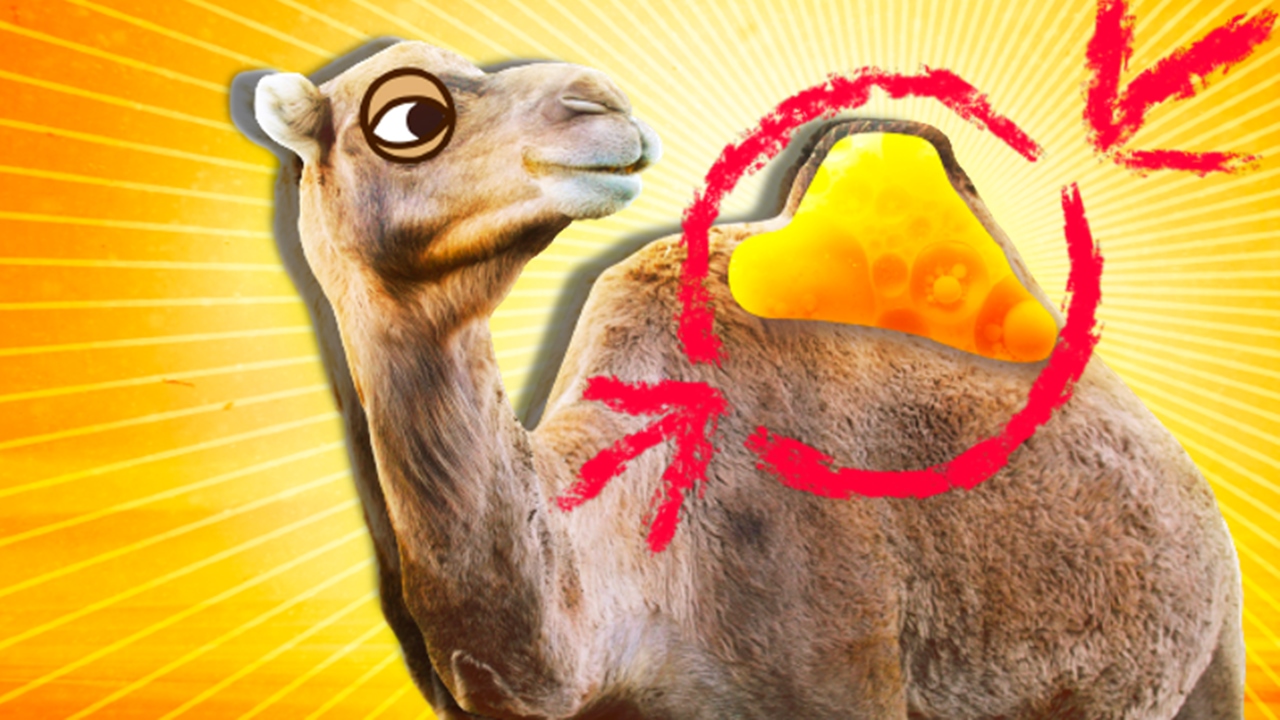
Contrary to popular belief, these animals are They store fat, not water, in their humps. When they are short of food and water, they get their energy from these fat masses. They use the fat they have stored to survive during long journeys.
The longer the camels stay away from eating and drinking His humps become smaller and smaller. Sometimes it may even disappear completely. However, once they have enough food and water, their humps become fuller within a few days.
These animals are not born with humps.

When camels are first born, they are under the protection of their mothers. All the energy they receive from their mothers during breastfeeding contributes to the growth of their bodies. Baby camels begin to wean when they are approximately 5-6 months old. Their own humps begin to form at 10-11 months of age.
Most animals have fat stores around their stomachs and on the sides of their bodies. But camels It develops vertically with the weight they gain. There are two different opinions as to the reason for this.
First; This storage method allows camels to lie comfortably on the sand.
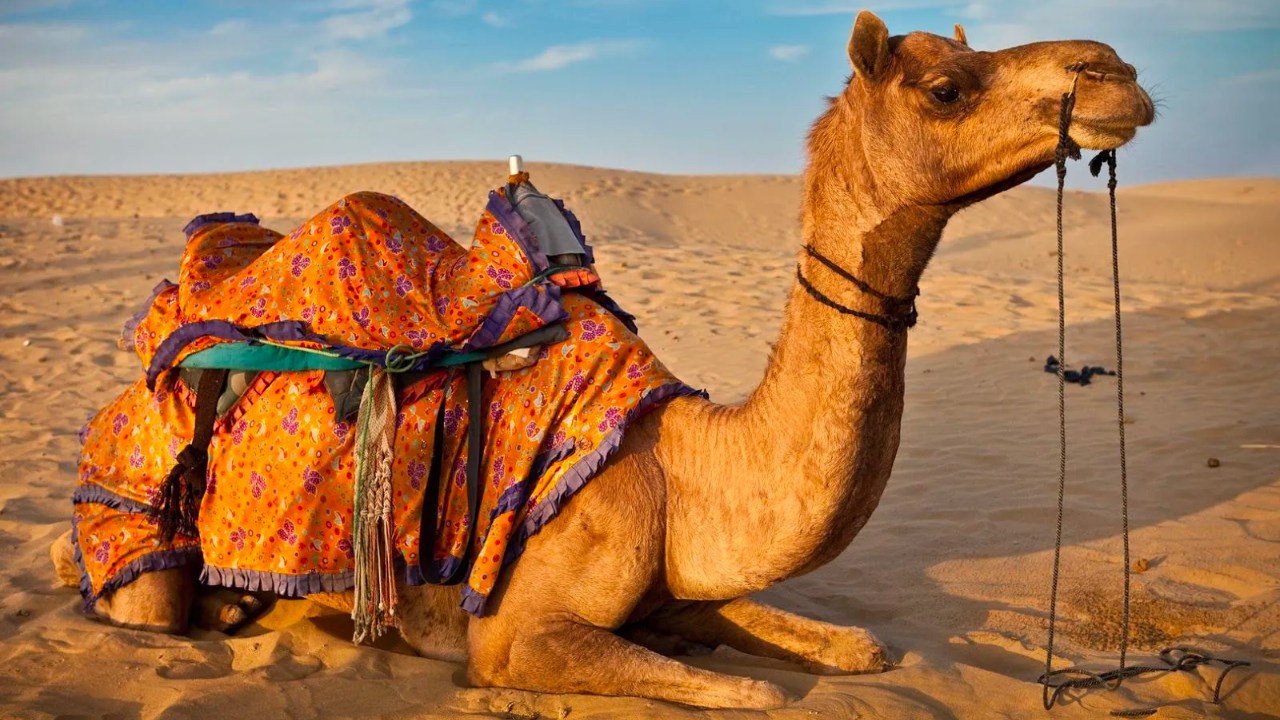
According to another view, humps are the characteristics of camels. with less exposure to sunlight and heat is related. Additionally, collecting body fat in a single area helps camels sweat less.
These animals, whose average body temperature is 37°C, hardly sweat until the temperature reaches 42°C. Because camels can regulate their temperature balance thanks to the fur that covers their bodies. Like this They also save energy and water.
These animals come in two different species.
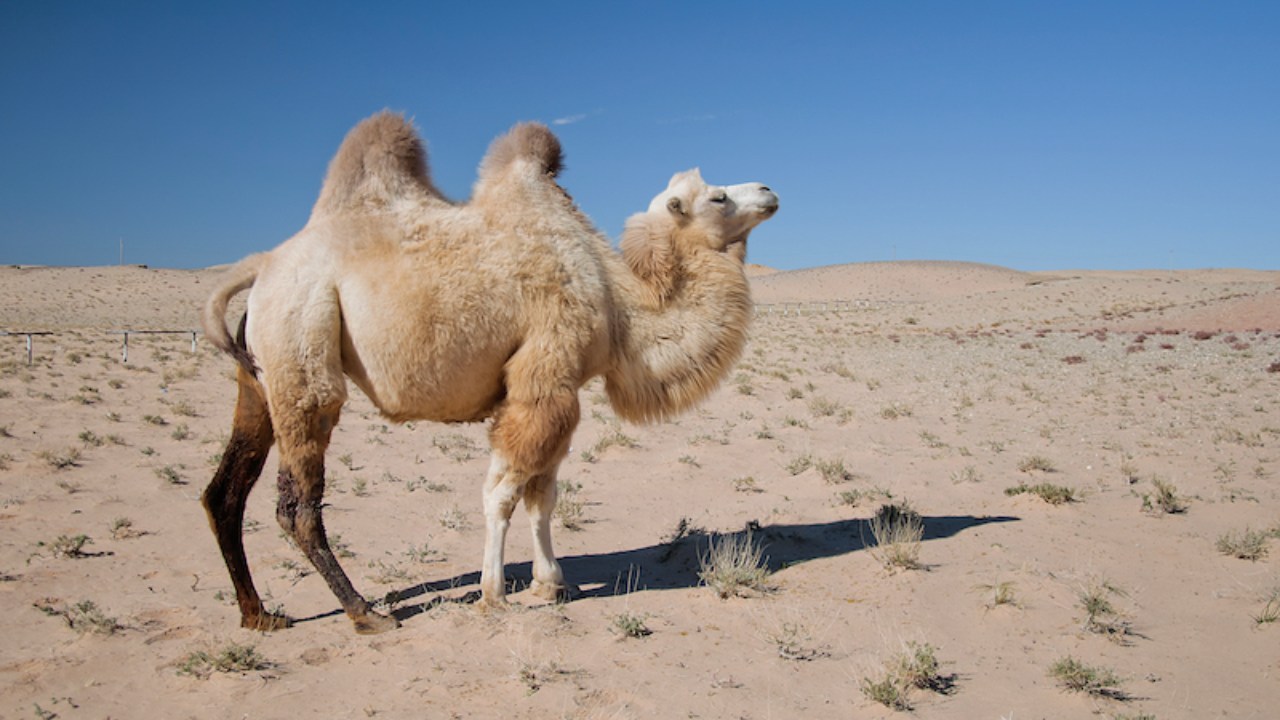
bactrian camel
Double-humped Bactrian camels (Camelus bactrianus) live predominantly in various parts of Central Asia and Western China. Arabian camels (Camelus dromedarius) have one hump and They are much more common.
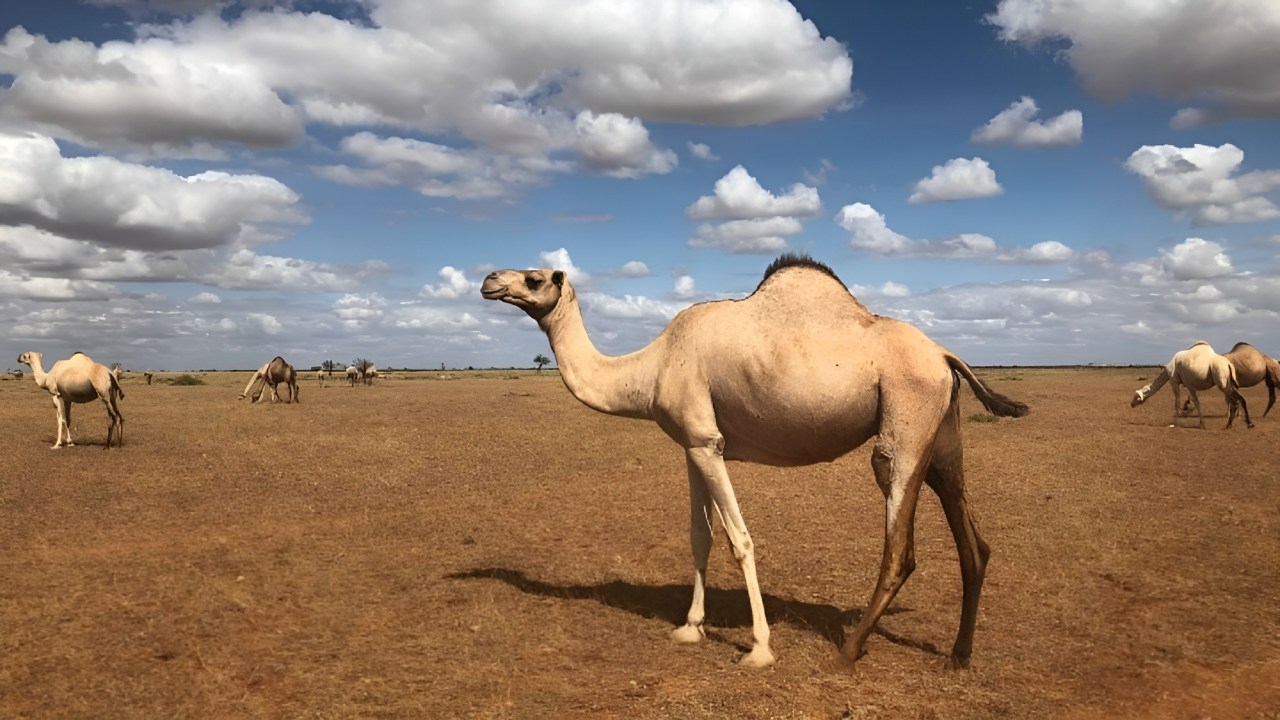
Arabian camel
But the extra hump means staying hungry and thirsty for much longer, and dromedary camels They may need different ways to cope with energy shortages.
So, if camels do not store water in their humps, how do they fight thirst?
A certain amount of water is released during the burning of fat tissue, but these animals get their strength from other parts of their bodies to fight against thirst. The body structure of camels is completely It has evolved to be content with little water.
For example, after being without water for a long time, camels Drinks an average of 110 liters of water in one sitting. Under normal circumstances, consuming so much water at once would be fatal for many creatures, but camels keep some of this water in a certain part of their stomach and slowly include it in their circulation.
In addition, the kidneys and large intestines of camels are quite adapted to desert conditions.
The kidneys of these animals remove toxins from the body to preserve the fluid they have and It allows to preserve as much water as possible. Again, excessive reabsorption of water in the large intestine occurs, and therefore their stools are quite dry and hard.
The most effective structures of camels in combating thirst are: red elastic blood cells. When the camel drinks water, the red blood cells swell up to approximately 2.5 times, thanks to their flexibility, and thus carry more water. When dehydrated, the volume of blood plasma decreases and in such a situation, the vessels narrow to keep the blood flow rate constant.
While a 15% loss of water could be a life-threatening risk for humans, camels can tolerate up to 40% of this loss.
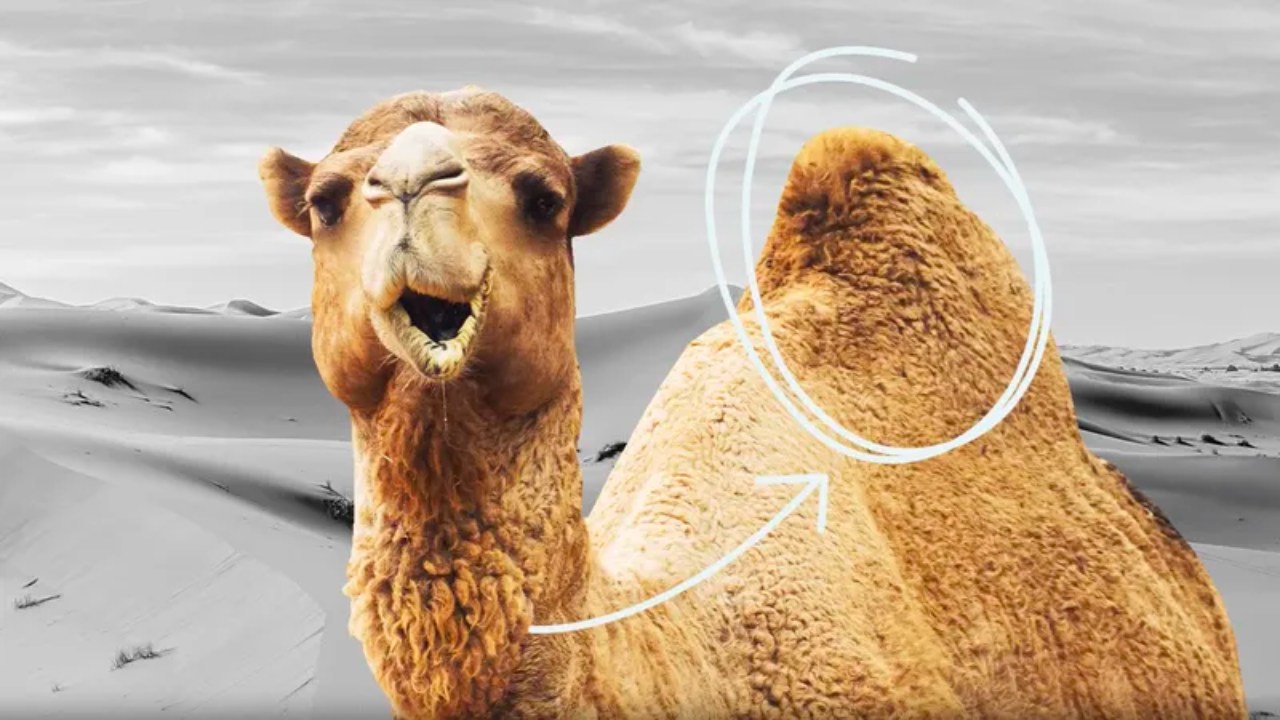
In summary; Camels are animals that are fully adapted to the hot climate they live in and Even though they don’t carry water in their humps They can cope with thirst much better than humans and many animals.
RELATED NEWS
What is the reason behind making camels swallow poisonous snakes?
RELATED NEWS
This Desert is in Turkey, Not in Arabia: Where and How Did These Sand Dunes Resembling a Piece of the Sahara Form?
RELATED NEWS
